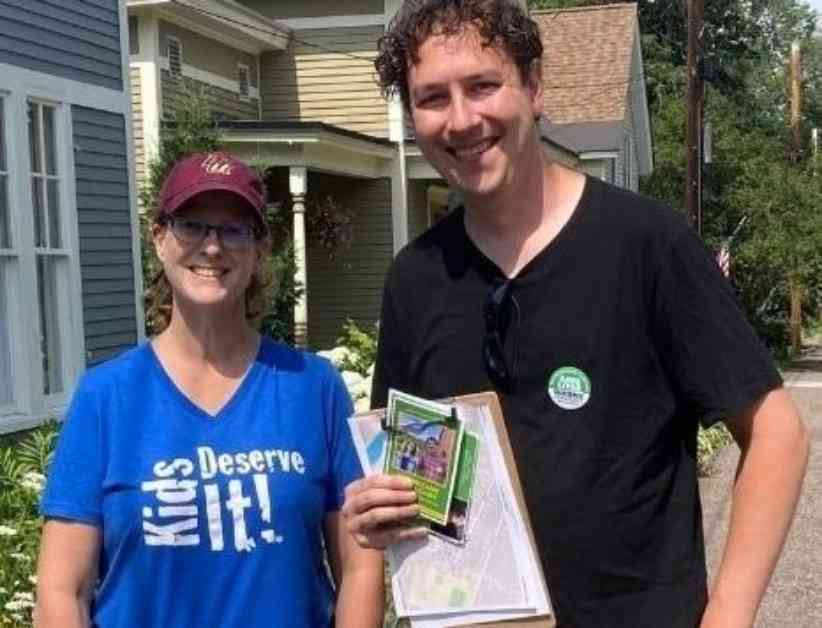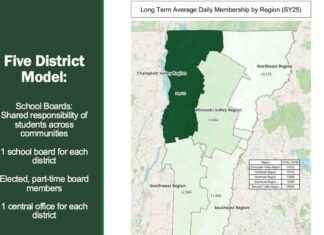Montpelier’s State Representatives Conor Casey and Kate McCann have put forth a bold new proposal, H.50, aimed at tackling the city’s housing crisis head-on. This legislation calls for the Department of Buildings and General Services to conduct an annual study to identify state-owned buildings and land that could be repurposed into affordable housing units. The goal? To address Montpelier’s dwindling housing supply and breathe new life into the downtown area.
Rep. Casey highlighted the urgent need for action, stating that Montpelier is on the brink of a housing crisis, with vacancy rates approaching zero. By exploring the possibility of developing state properties for housing, the city could not only create much-needed affordable units but also expand its tax base and inject vitality into the downtown district.
The proposal comes in response to a confluence of factors, including the statewide housing shortage in Vermont and the decline in foot traffic in Montpelier’s downtown following the COVID-19 pandemic and devastating flooding in 2023. The rise of telecommuting and a surplus of vacant positions in the state workforce have only served to exacerbate the situation. In light of these challenges, the legislation encourages innovative approaches, such as reconfiguring state office spaces and partnering with developers to construct housing units.
Rep. McCann echoed the sentiment, emphasizing the need for out-of-the-box solutions to leverage existing resources and meet the city’s housing demands. This legislation, she believes, represents a crucial step towards providing relief for both businesses and residents in Montpelier.
The gravity of the housing shortage was underscored by Gov. Phil Scott in his recent inaugural address. According to the Housing Needs Assessment, the state would need to add 7,200 homes just to keep pace with current demand. To support workforce growth, an additional 8,000 homes per year for the next five years would be necessary. However, the current rate falls significantly short, with only about 2,300 homes being built annually. While this marks an improvement from the previous decade, during which only 1,600 homes were constructed each year, it remains insufficient to meet the escalating demand.
Katie Trautz, the executive director of Montpelier Alive, shed light on the economic implications of the housing crisis. Local businesses are grappling with reduced foot traffic, and the lack of affordable housing is compounding the issue. By repurposing state properties for housing, Trautz believes Montpelier can bolster its local workforce, attract new residents, and reinvigorate its downtown economy.
The legislation also acknowledges the need to collaborate with FEMA to access federal funding for properties damaged by flooding. However, it emphasizes the urgency of swift action to explore all possible avenues for expanding housing opportunities in Montpelier.
In conclusion, Montpelier’s proposed affordable housing legislation represents a critical step towards addressing the city’s housing shortage and revitalizing its downtown district. By tapping into state-owned properties and fostering collaboration with developers, the city aims to create a more sustainable and vibrant community for its residents. As the housing crisis looms large, proactive measures like these are essential to safeguarding Montpelier’s future prosperity and well-being.



















